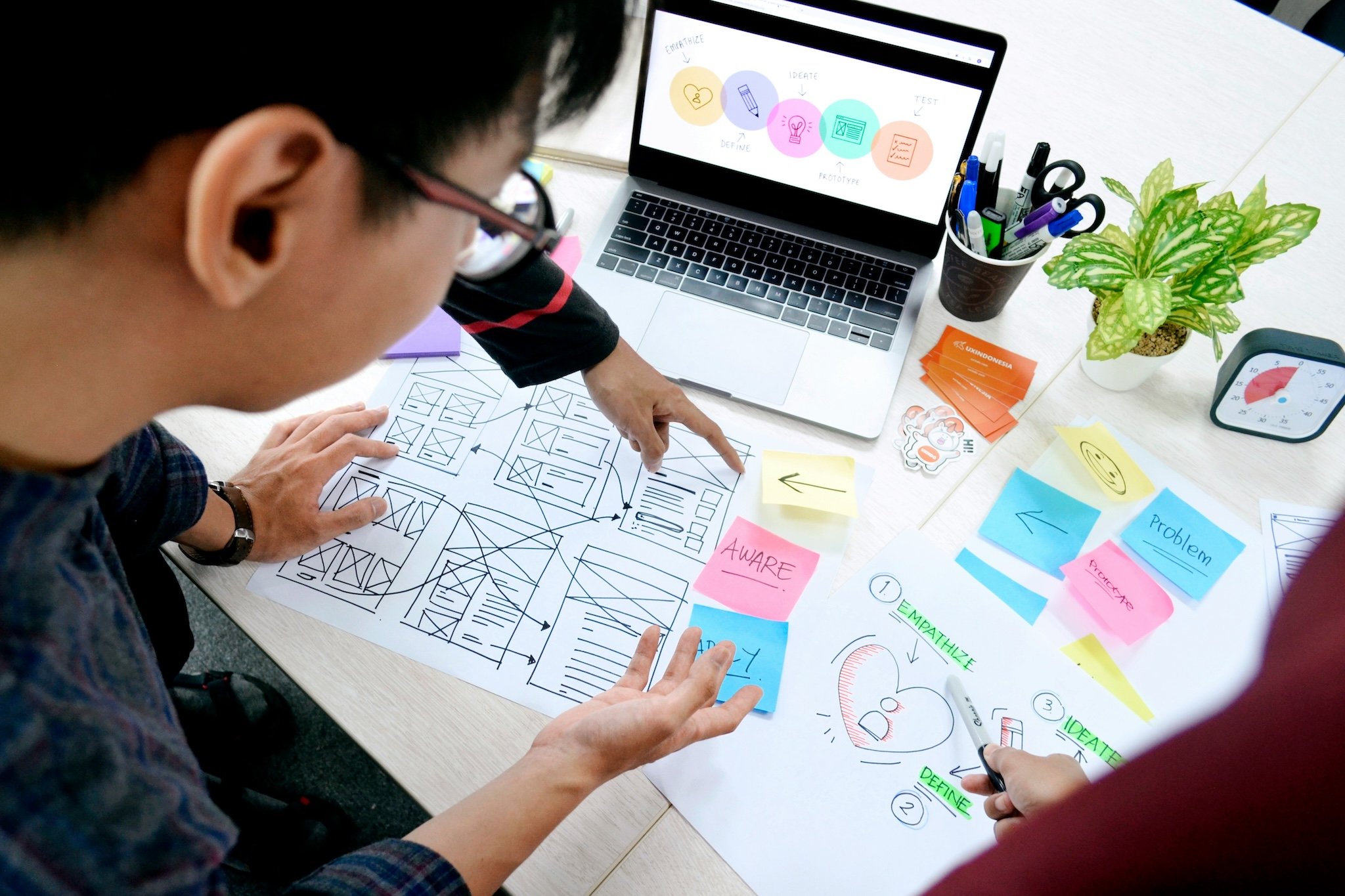From Corporate Design to Freelance Success: Tina Jones's Journey in UI/UX Design
When Tina Jones left her comfortable position at Apple in 2020, many questioned her decision. After all, who walks away from a dream job at one of tech's biggest players? But Tina had a vision – one that extended beyond the confines of corporate design into the dynamic world of freelancing.
"I remember sitting in my San Francisco apartment, staring at my resignation letter," Tina recalls. "It wasn't about dissatisfaction; it was about growth and the desire to create broader impact across different projects and industries."
The Beginning: From ACCD to Big Tech
A graduate from the Art Center College of Design (ACCD), Tina spent her early career years honing her craft at Apple and later at Meta. These experiences provided her with a robust foundation in product design, particularly in mobile applications. However, she increasingly felt the pull toward more diverse challenges.
"Working at tech giants taught me invaluable lessons about systematic design thinking and user-centric approaches," Tina explains. "But I wanted to apply these skills to help smaller companies and startups that might not have access to such resources."
The Transition: Taking the Leap
The transition wasn't smooth sailing. Despite her impressive background, establishing herself as a freelancer required a different skill set entirely. Tina started by leveraging her expertise in Figma and design thinking to secure small projects through professional networks.
"The first six months were humbling," she admits. "I had to learn to be not just a designer, but also a business owner, marketer, and account manager. Every client meeting was a learning experience."
Key Turning Points
A significant breakthrough came when Tina decided to specialize in mobile application UI design, focusing on user research and experience optimization. This specialization, combined with her big tech background, helped her stand out in the crowded freelance marketplace.
"I realized that being a generalist wasn't serving me well. When I narrowed my focus to mobile UI design and started speaking directly to those pain points, clients began to see my value more clearly."
Building a Sustainable Practice
Today, Tina maintains a healthy work-life balance, dedicating around 30 hours per week to client projects at a rate of $70 per hour. She's selective about her projects, focusing on those where she can make the most impact.
Success Metrics:
- Completed over 20 successful mobile app UI projects
- Maintained a 100% client satisfaction rate
- Developed long-term relationships with several tech startups
- Established a reliable referral network
Lessons Learned and Advice
For aspiring freelance designers, Tina offers several key insights:
-
Specialize Strategically
"Find your niche, but make sure it's one with enough market demand. My background in mobile app design proved to be increasingly valuable as more businesses prioritized mobile presence." -
Build Systems Early
"Create processes for everything – from client onboarding to project management. It saves time and presents you professionally." -
Invest in Continuous Learning
"The design field evolves rapidly. I dedicate 5 hours weekly to learning new tools and techniques." -
Value Your Time
"Don't undersell yourself. Your rate should reflect not just your time, but your experience and expertise."
Looking Forward
Tina continues to evolve her practice, focusing on projects that challenge her creatively while maintaining work-life balance. She's exploring opportunities to mentor emerging designers and potentially create design resources for startups.
"The freelance journey isn't just about financial success," Tina reflects. "It's about creating impact while having the freedom to grow both professionally and personally."
For those considering the leap into freelance UI/UX design, Tina's story demonstrates that with the right combination of expertise, strategy, and persistence, it's possible to build a thriving independent practice. Her journey from corporate designer to successful freelancer shows that sometimes the biggest risks yield the most rewarding outcomes.
"The key is to start with a strong foundation, be patient with your growth, and never stop learning," she concludes. "In freelancing, your success is directly proportional to your ability to adapt and evolve."
As the demand for skilled UI/UX designers continues to grow, stories like Tina's serve as a blueprint for others looking to forge their own path in the digital design world. Her experience proves that with dedication, strategic thinking, and a commitment to excellence, the freelance dream is very much achievable.
